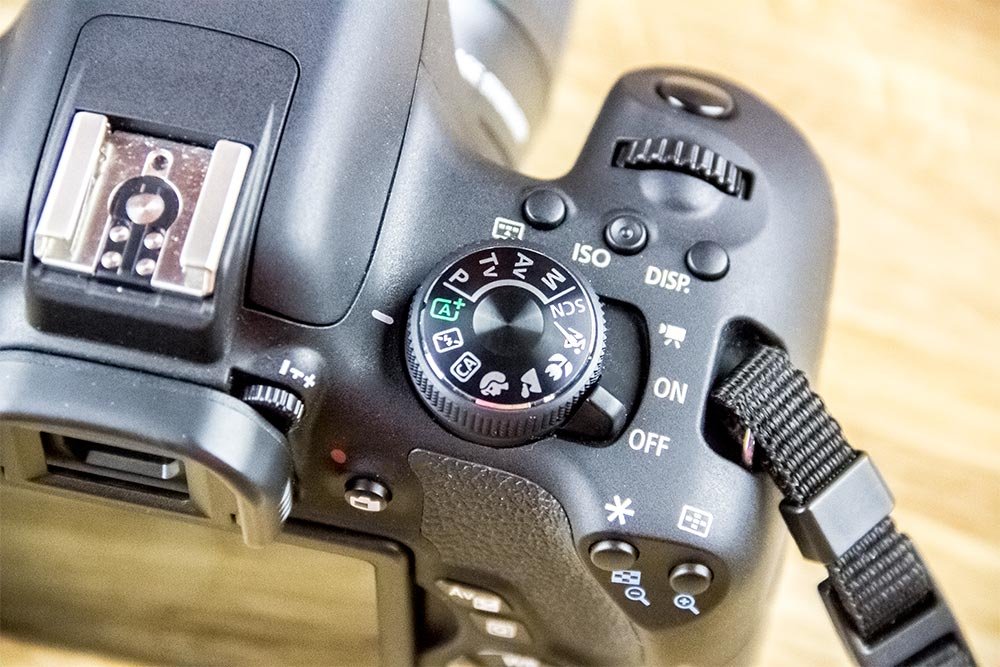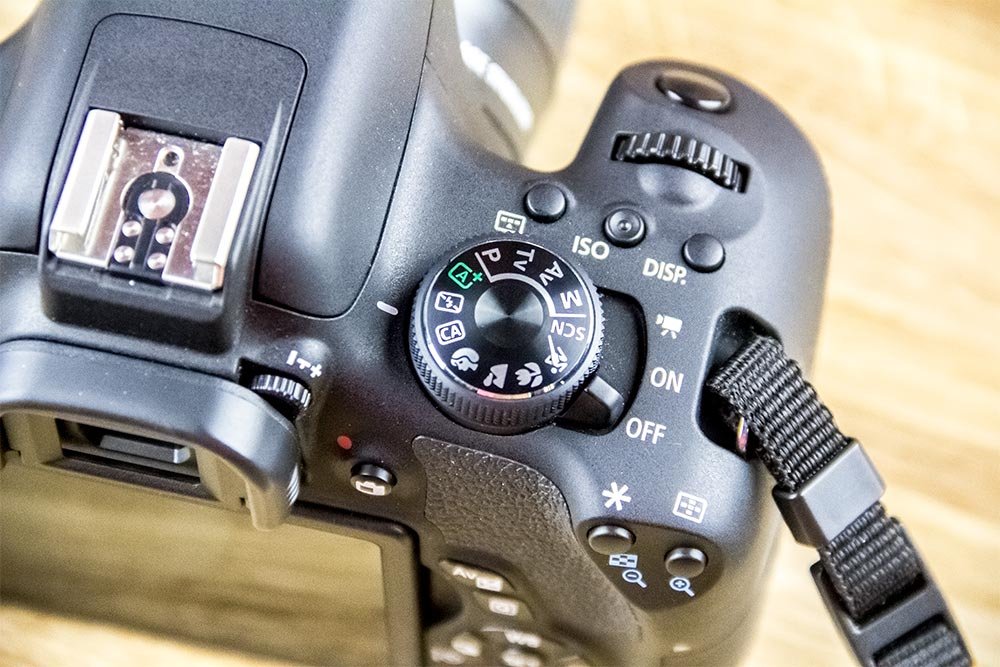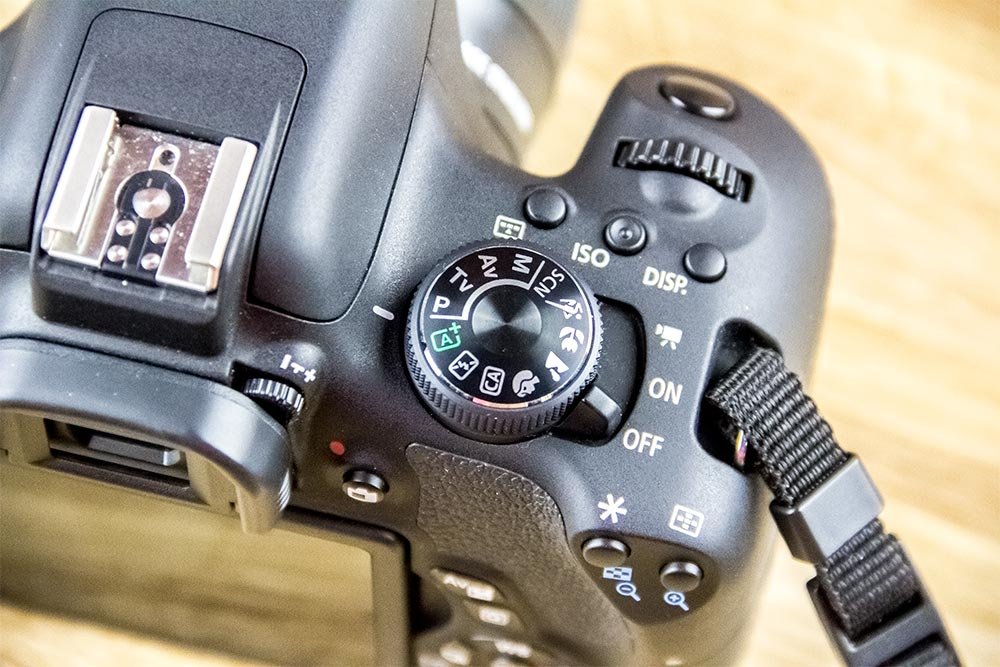Newman
Member
- Joined
- May 11, 2021
- Messages
- 106
- Reaction Score
- 0
- Points
- 23
- #1
I know this post is super-beginner, but I just have to write about it.
Way back when I first began using my Canon Rebel cameras, for the life of me, I couldn’t figure out how to stop the flash from popping up when I was shooting in less than perfect lighting conditions. You know, indoors and darker areas outdoors. While I completely understand that many folks may want to use flash under those conditions, I’m not really a flash guy. Rarely have I used it and I don’t really plan to any time in the near future. I needed a way to stop the flash from popping up when I was using auto mode.
In today’s post, I’ll offer a few different options for dealing with this issue. If you’re like me and you don’t have any use for the flash, you can easily turn it off. And usually, it’s just a quick away to get it done. However, as usual, these things need a bit of explaining.
Let me show you the mode I’m talking about.

If you take a look at the photo of our Canon T6i above, you can see the dial is set to Scene Intelligent Auto (A+). When I turn the dial to this mode, the rear screen will tell me: Fully automatic shooting mode with auto scene detection, for diverse shooing situations.
Basically, this is the mode you would use if you want to very quickly take a photo of something and you want the camera to do all the work. And by “all,” I mean use the flash when it feels it is necessary.
The problem with this mode is that the flash will pop up and go off during the most inopportune times. Imagine traveling through Yellowstone National Park when you spot a moose. There’s no time to alter your camera’s settings, so you stick it in auto and begin shooting away. It’s dusk, so the camera thinks you want more light, so when you meter the camera for the very first time, the flash appears and when you fully press the shutter button, a big white light blinds the moose and anyone else who’s nearby. Not cool, especially if you were leaning against a solid object and had a steady camera. Even in low light, you may not have needed the flash at all. What I’m trying to say here is that there’s a better way.

I want you to think about taking photos in a theater or at a birthday party. Can you imagine the dirty looks you’d receive if people around you saw your camera flash going off? Since not one of us wants to be “that guy or girl,” it’s best to take advantage of a setting on the camera that avoids using the flash.
The previous auto mode setting tells the camera to set virtually everything for you. It’ll set the focus, will automatically adjust the ISO, the shutter speed, aperture and the flash. Wouldn’t it be great if you could get all of those things without the flash? Well, you can.
By using the Flash Off mode, your camera meters and sets all the variables the same way, when pressing the shutter button half way. The only difference is, it takes into account that the flash won’t be used. So, if the camera thought the shutter speed and ISO would have been good at one setting when the flash was going to be used, it would alter those settings when it knows no flash is going to be in use.
The only thing you have to concern yourself with when using this mode is camera shake. Because of the lower lighting conditions most of us use this mode in, the camera’s shutter speed is bound to be set to a longer interval. Take extra care to steady your camera with your arms tucked to your chest, by leaning you or your camera against a steady object or use a tripod. In this mode, you can get really awesome shots without all that weird lighting and shadows the use of the flash can cause.

This is a really great mode and it’s the one I use most often. Years ago, after much of the luster of manually setting my camera wore off, I began trusting it to make some of the choices for me. For one thing, I certainly didn’t like using the flash, as I’ve already mentioned many times in this post. I also really never enjoyed adjusting the aperture size or the shutter speed, unless I was doing something creative. I did, however enjoy changing the ISO to take advantage of different lighting effects, but even that became old as I used Photoshop and Camera Raw for more of that sort of thing. These days, I flip back and forth between the Flash Off setting and the Program AE setting.
As I said above, Program mode sets the aperture and shutter speed, leaving other options up to you. On top of that, you can use a neat trick called Program Shift to change the relationship between the aperture and shutter speed that the camera has selected. All you need to do to take advantage of this is to hold the shutter button down half way to meter the scene and turn the main dial. As you do this, you’ll see the aperture and shutter speed settings change in relation to each other, either on the back screen or in the view finder. Doing this will give you even more creative control.
Why would anyone use Program mode? Well, it gives some control to the user while leaving a lot of control with the camera. I like if for the speed I can grab a photo and for the thinking I don’t have to do. The reason I use it over the two other automatic modes is that I have a tough time giving up all control. When lighting conditions change, I like to have the ability of changing settings on the fly, without having to go overboard, especially if I’m just casually taking photographs. If I was on a paid shoot, you better believe I’d be using a lot more of my abilities.
Use the instructions in this post when dealing with the Canon Rebel line of cameras, including the T2i, T3i, T4i, T5i, T6i and the T7i.
Way back when I first began using my Canon Rebel cameras, for the life of me, I couldn’t figure out how to stop the flash from popping up when I was shooting in less than perfect lighting conditions. You know, indoors and darker areas outdoors. While I completely understand that many folks may want to use flash under those conditions, I’m not really a flash guy. Rarely have I used it and I don’t really plan to any time in the near future. I needed a way to stop the flash from popping up when I was using auto mode.
In today’s post, I’ll offer a few different options for dealing with this issue. If you’re like me and you don’t have any use for the flash, you can easily turn it off. And usually, it’s just a quick away to get it done. However, as usual, these things need a bit of explaining.
How to Stop Flash From Popping Up on Canon Rebel DSLR Camera
Let’s face it. The very first thing most people do when they get a new camera, after setting it up, is to throw it in auto mode and start snapping away. I sure know that’s what I do. I want to see the bells and whistles that show up on the rear display and how great the photos that I take look. It’s not until later on that I begin to fiddle around with the intricacies of various settings and modes. In the beginning, all I want is to hear the sound of the shutter.Let me show you the mode I’m talking about.

If you take a look at the photo of our Canon T6i above, you can see the dial is set to Scene Intelligent Auto (A+). When I turn the dial to this mode, the rear screen will tell me: Fully automatic shooting mode with auto scene detection, for diverse shooing situations.
Basically, this is the mode you would use if you want to very quickly take a photo of something and you want the camera to do all the work. And by “all,” I mean use the flash when it feels it is necessary.
The problem with this mode is that the flash will pop up and go off during the most inopportune times. Imagine traveling through Yellowstone National Park when you spot a moose. There’s no time to alter your camera’s settings, so you stick it in auto and begin shooting away. It’s dusk, so the camera thinks you want more light, so when you meter the camera for the very first time, the flash appears and when you fully press the shutter button, a big white light blinds the moose and anyone else who’s nearby. Not cool, especially if you were leaning against a solid object and had a steady camera. Even in low light, you may not have needed the flash at all. What I’m trying to say here is that there’s a better way.
Flash Off
If you take a look at this next photo, you’ll notice that I turned the dial one click clockwise. The mode I turn the camera to is called Flash Off (a lightening bolt with a line through it) and it’s described as: Mode for shots or locations where flash is prohibited. Use of a tripod is recommended.
I want you to think about taking photos in a theater or at a birthday party. Can you imagine the dirty looks you’d receive if people around you saw your camera flash going off? Since not one of us wants to be “that guy or girl,” it’s best to take advantage of a setting on the camera that avoids using the flash.
The previous auto mode setting tells the camera to set virtually everything for you. It’ll set the focus, will automatically adjust the ISO, the shutter speed, aperture and the flash. Wouldn’t it be great if you could get all of those things without the flash? Well, you can.
By using the Flash Off mode, your camera meters and sets all the variables the same way, when pressing the shutter button half way. The only difference is, it takes into account that the flash won’t be used. So, if the camera thought the shutter speed and ISO would have been good at one setting when the flash was going to be used, it would alter those settings when it knows no flash is going to be in use.
The only thing you have to concern yourself with when using this mode is camera shake. Because of the lower lighting conditions most of us use this mode in, the camera’s shutter speed is bound to be set to a longer interval. Take extra care to steady your camera with your arms tucked to your chest, by leaning you or your camera against a steady object or use a tripod. In this mode, you can get really awesome shots without all that weird lighting and shadows the use of the flash can cause.
Program AE
Another method for avoiding the use of the auto flash mechanism in your Canon Rebel is to set it to Program AE (P) mode. When you turn your camera’s dial to this mode, you’ll see a description on the back screen that says: Auto setting of shutter speed and aperture. Other settings can be configured manually.
This is a really great mode and it’s the one I use most often. Years ago, after much of the luster of manually setting my camera wore off, I began trusting it to make some of the choices for me. For one thing, I certainly didn’t like using the flash, as I’ve already mentioned many times in this post. I also really never enjoyed adjusting the aperture size or the shutter speed, unless I was doing something creative. I did, however enjoy changing the ISO to take advantage of different lighting effects, but even that became old as I used Photoshop and Camera Raw for more of that sort of thing. These days, I flip back and forth between the Flash Off setting and the Program AE setting.
As I said above, Program mode sets the aperture and shutter speed, leaving other options up to you. On top of that, you can use a neat trick called Program Shift to change the relationship between the aperture and shutter speed that the camera has selected. All you need to do to take advantage of this is to hold the shutter button down half way to meter the scene and turn the main dial. As you do this, you’ll see the aperture and shutter speed settings change in relation to each other, either on the back screen or in the view finder. Doing this will give you even more creative control.
Why would anyone use Program mode? Well, it gives some control to the user while leaving a lot of control with the camera. I like if for the speed I can grab a photo and for the thinking I don’t have to do. The reason I use it over the two other automatic modes is that I have a tough time giving up all control. When lighting conditions change, I like to have the ability of changing settings on the fly, without having to go overboard, especially if I’m just casually taking photographs. If I was on a paid shoot, you better believe I’d be using a lot more of my abilities.
Use the instructions in this post when dealing with the Canon Rebel line of cameras, including the T2i, T3i, T4i, T5i, T6i and the T7i.
